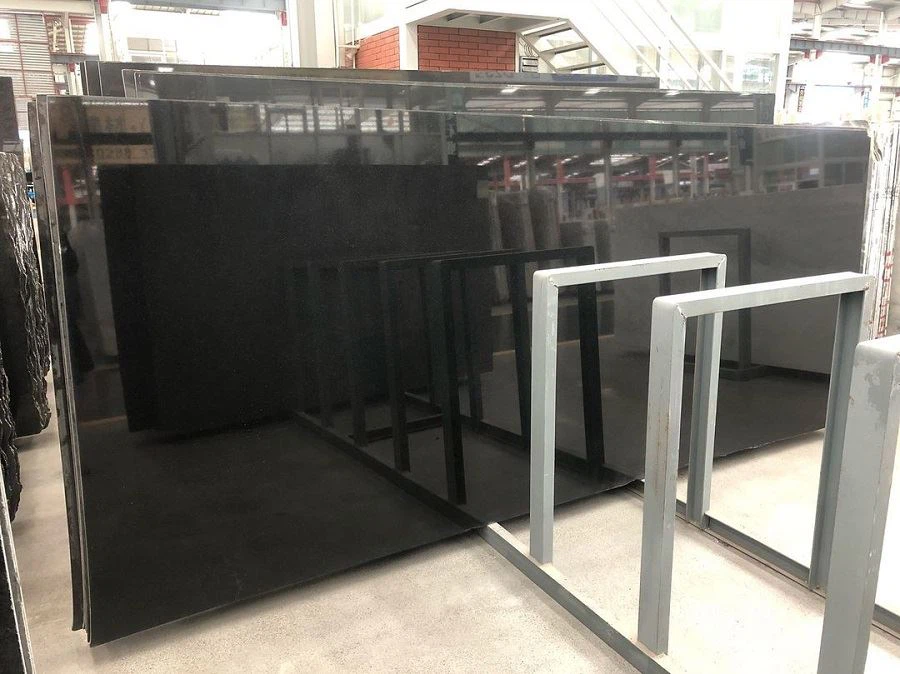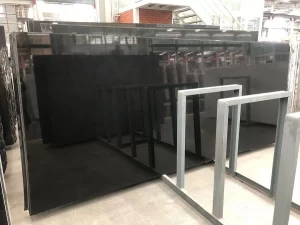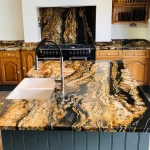Granite is an example of a natural stone that is highly acknowledged for its longevity, strength, and attractiveness with regard to appearance. Granite slabs are frequently used for applications that take place inside, such as worktops and floors; however, they can also be an excellent option for purposes that take place outside. A variety of features of using granite slabs for outdoor applications are discussed in this article. These characteristics include the durability of granite slabs in a variety of climates, their resistance to environmental conditions, the design possibilities available, the maintenance requirements, and the installation concerns included.
The ability to withstand a variety of climates
One of the most significant benefits of utilizing granite slabs for outdoor applications is the extraordinary endurance that they possess in a variety of meteorological conditions. Granite is a type of natural stone that is made by subjecting it to high temperatures and pressures, which yields a material that is dense and hard. Granite is able to survive the obstacles that are presented by outdoor surroundings, such as variations in temperature, cycles of freezing and thawing, and exposure to sunshine, because of its intrinsic strength. Granite slabs are able to keep their structural integrity and aesthetic appeal throughout time, regardless of whether they are located in locations that are cold and snowy or in countries that are hot and dry.
Resistance to External Factors in the Environment
As a result of its outstanding resilience to a wide variety of environmental variables, granite slabs are appropriate for usage in outdoor settings. Granite is extremely resistant to the absorption of water, which reduces the likelihood that it may crack or become damaged as a result of moisture. In addition, granite is resistant to fading when it is exposed to sunshine, which ensures that the color and appearance of the slabs will remain brilliant for extended periods of time. In addition, granite is naturally resistant to stains, mold, and mildew, which makes it an alternative for outdoor applications that requires little upkeep compared to other materials.
Design Alternatives
Using granite slabs for outdoor projects provides a wide variety of design possibilities to choose from. Granite, which is available in a wide range of colors, patterns, and finishes, can be selected to complement the overall aesthetic of the outdoor space one is currently utilizing. It is possible to choose a granite alternative that is suitable for any style preference, ranging from traditional and sophisticated to trendy and contemporary. Granite is a material that, due to its natural variances and distinctive qualities, may be used to create visually appealing outdoor surfaces. These surfaces can enrich patios, walks, pool decks, and other outdoor areas by adding depth and personality.
Essential Prerequisites for Upkeep
Granite slabs that are used in outdoor applications require routine maintenance in order to maintain their beauty and ensure that they last as long as possible. Granite is a material that requires little maintenance; nonetheless, in order to achieve the best possible results, there are specific procedures that must be taken. It is possible to eliminate dirt, debris, and stains by means of routine cleaning with a gentle soap and water solution, in conjunction with the utilization of a soft brush or mop. Increasing the granite’s resistance to staining and protecting it from the weather can be accomplished by sealing it on a regular basis. Avoiding the use of harsh chemicals or abrasive cleaners that could potentially cause damage to the surface is of utmost importance. By adhering to these maintenance procedures, homeowners will be able to take pleasure in the beauty and durability of their granite outdoor projects for many years to come.
Aspects to Consider During Installation
When granite slabs are used for outdoor applications, it is essential to ensure that they are installed correctly. Extraction, the appropriate preparation of the sub-base, and the use of appropriate adhesives or mortar are often required steps in the installation process. These steps are taken to guarantee that the slabs are firmly positioned. In addition, appropriate drainage techniques need to be developed in order to prevent water from accumulating and causing potential harm to the granite. In order to guarantee that the project will be carried out in the appropriate manner, it is strongly suggested that you employ seasoned professionals who are knowledgeable in the installation of outdoor stone.
The Implications of Costs
There are a number of elements that might influence the cost of using granite slabs for outdoor applications. These include the characteristics of the stone itself, the size of the project, and the degree of difficulty involved in the installation. The initial cost of granite may be higher in comparison to the cost of other options because granite is often thought to be a more expensive material. Granite, on the other hand, is a material that, when taken into consideration, is a cost-effective option in the long term due to its resilience and long-lasting nature. In addition, the aesthetic appeal and value that granite adds to outdoor spaces can be a factor that contributes to the total value of the property.
There are various advantages that granite slabs offer in terms of durability, resistance to environmental conditions, design alternatives, and low maintenance requirements. Granite slabs can be utilized for outdoor applications after all. Granite is a material that is suitable for use in outdoor projects because of its capacity to survive a variety of climates and to resist a wide range of problems that are outdoors. Homeowners have the ability to create visually appealing outdoor areas that are a reflection of their own unique style by utilizing the large variety of design options that are accessible to them. When it comes to outdoor applications, granite must be properly maintained and installed by a professional in order to ensure its durability and performance over time. Granite is a valuable investment for improving the beauty and durability of outdoor spaces, despite the fact that its initial cost may be higher. Granite’s long-term benefits and value make it a worthwhile investment.










